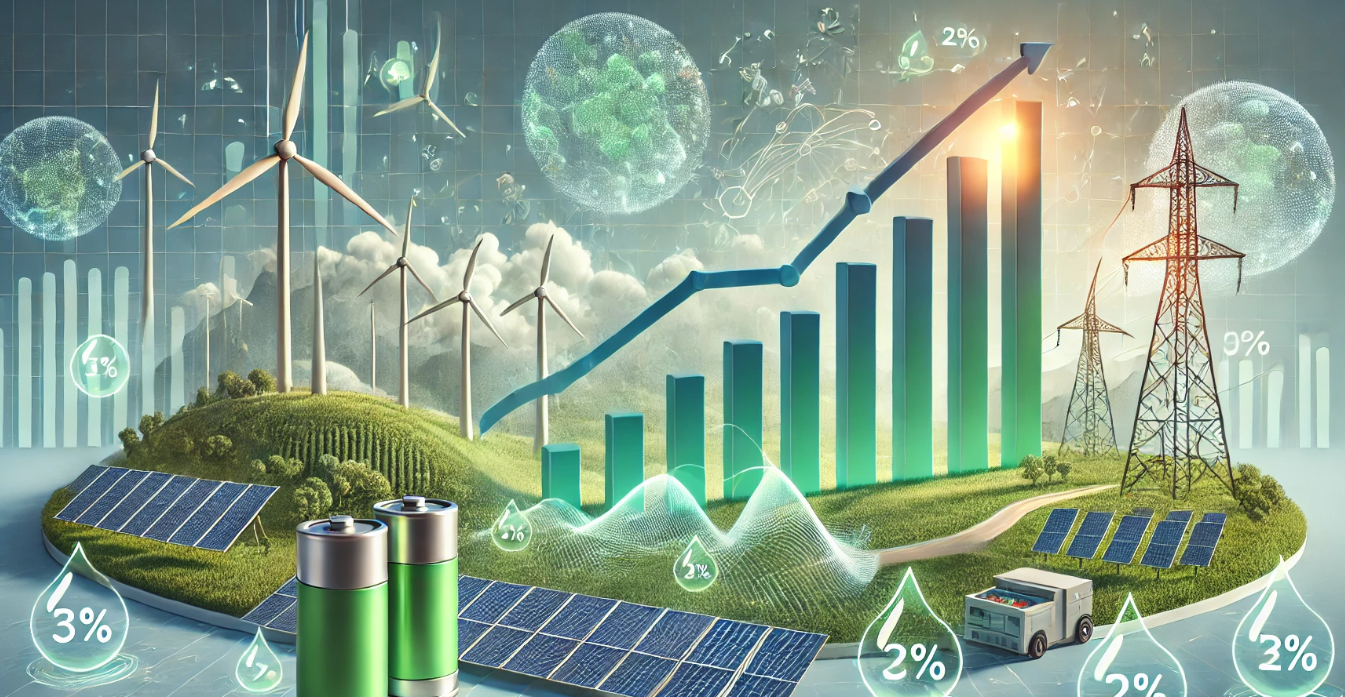The cost of solar panels has decreased by an average of 10% annually, making them significantly cheaper than they were in 1958. Lithium batteries and wind turbines have followed similar trends, becoming more cost-effective over time. Unlike renewable energy, fossil fuels’ costs have remained relatively unchanged, adjusted for inflation, over the past century.
- The cost of renewable energy technologies, such as solar panels, lithium batteries, and wind turbines, has dropped significantly, with predictable adoption patterns that make long-term planning feasible.
- The energy transition will first revolutionize electricity generation, followed by advancements in harder-to-decarbonize sectors like aviation and shipping, with emerging technologies like green hydrogen playing a vital role.
- Economic and environmental benefits from renewable energy adoption include cost savings, energy security, reduced pollution, and stable prices, reinforcing the transition’s viability.
- This shift in energy sources will drive global economic and political changes, disadvantaging fossil fuel-reliant nations while fostering growth for those investing in renewables.
The deployment of renewable energy technologies follows an S curve pattern. Initially, adoption grows exponentially before leveling out. This predictable pattern allows for forecasting the pace of technological adoption. As renewable energy technologies mature, their rapid growth will dominate the energy system within the next two decades.
The transition to renewable energy will first impact electricity generation. It will later extend to sectors that are harder to decarbonize, such as aviation and long-range shipping. Green-hydrogen-based fuels hold promise for providing long-range storage solutions when solar and wind energy are unavailable. Although still in early development, these fuels have already seen substantial cost reductions.
The energy transition promises significant long-term benefits. The upfront costs are outweighed by future savings, making the transition economically viable even without considering climate change. Investments and policies that facilitate the transition will expedite long-term savings and enhance energy security, reduce pollution, and stabilize energy prices.
This transition will also reshape global commerce and geopolitics. Fossil fuel producers that fail to adapt will face economic decline, while new opportunities will emerge for those embracing renewable energy. The shift embodies “creative destruction,” where incumbents may falter, but challengers can thrive.
Technological advancements in renewable energy mirror Moore’s Law’s principles. As technologies improve, they become more efficient and cost-effective. This predictability allows for strategic planning and ensures a smooth and profitable energy transition. The energy transition offers enormous potential for economic growth and environmental sustainability.
In conclusion, the transition to renewable energy presents a unique opportunity to address climate change while fostering economic growth. Technological advancements have made renewable energy more accessible and affordable. Embracing this transition is essential for a sustainable future, offering benefits beyond reducing emissions.







Be First to Comment